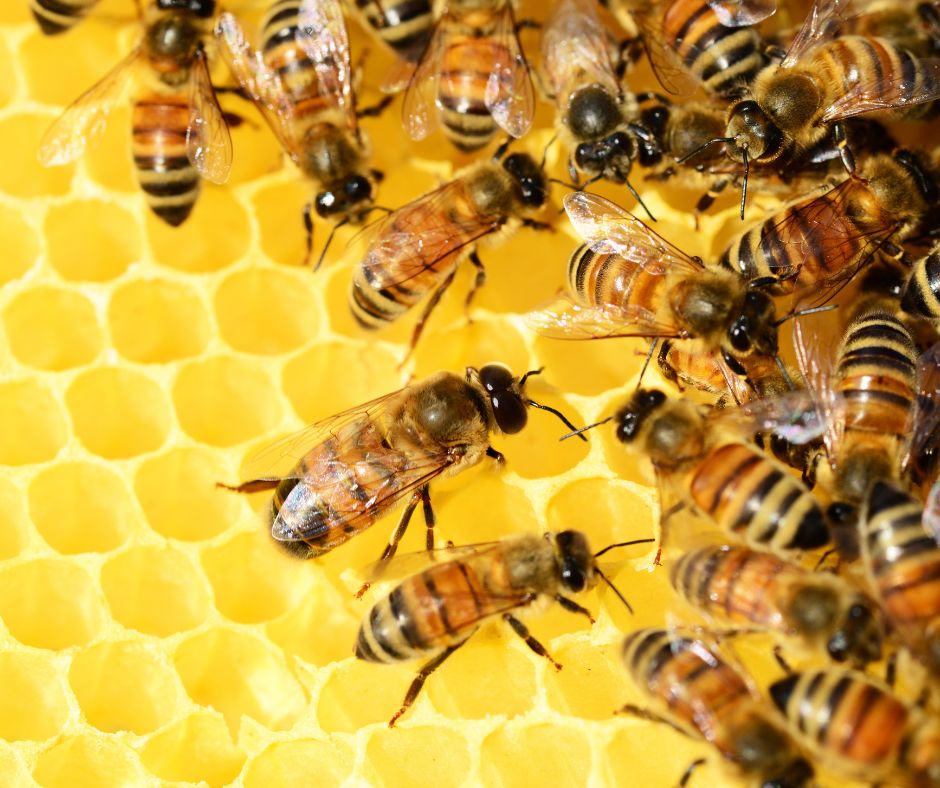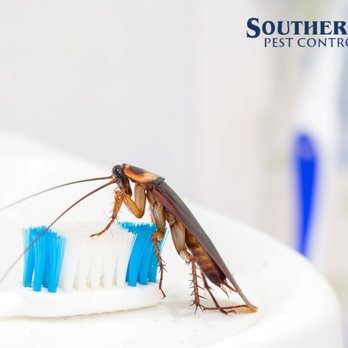Ant Exterminator Near Me: How to Eliminate Ants Fast and Efficiently
Ant Exterminator Near Me: How to Eliminate Ants Fast and Efficiently
Blog Article
Discover the most recent Developments in Parasite Control and How to Carry Out Effective Therapy Solutions
In current years, the field of pest control has actually seen significant advancements, driven by the demand for reliable and sustainable therapy remedies. Innovative methods such as Integrated Bug Administration (IPM) combine green practices with advanced modern technology, improving both efficiency and environmental obligation.
Eco-Friendly Pest Control Options
In the last few years, the demand for environment-friendly bug control alternatives has actually surged as businesses and house owners alike seek sustainable choices to typical chemical therapies. This change is driven by expanding environmental recognition and a need to lessen the health threats connected with artificial chemicals.

Eco-friendly pest control approaches encompass a variety of approaches that prioritize making use of natural compounds and methods. Integrated Insect Monitoring (IPM) is one such technique, combining organic, social, and mechanical tactics to take care of parasite populaces while lowering reliance on chemicals (Wildlife removal services). This alternative method emphasizes prevention via habitat control and the introduction of natural killers, thus fostering a balanced ecosystem
One more popular alternative is the use of organic chemicals originated from plants, which tend to be much less dangerous to non-target organisms. Products like neem oil and diatomaceous earth have actually gotten grip for their efficiency in regulating pests while presenting marginal dangers to human wellness and the atmosphere.
Additionally, exclusion strategies, such as securing entrance factors and preserving sanitation, play an important role in environmentally friendly bug monitoring. By adopting these lasting practices, companies and people can successfully handle insects while advertising a much healthier earth for future generations.
Smart Technology in Pest Monitoring
Technology is reshaping the landscape of bug administration, with wise innovation emerging as an essential force in improving performance and effectiveness - Wildlife removal services. The integration of Net of Things (IoT) devices, artificial intelligence (AI), and data analytics is transforming just how pest control specialists approach invasions
Smart traps equipped with sensors can detect parasite activity in real-time, sending out instant signals to operators. This enables prompt reactions, decreasing damages and minimizing the need for extensive therapies. In addition, AI algorithms examine historical information to forecast parasite actions, enabling positive treatments based upon environmental conditions and infestation patterns.
Drones and automated lorries are likewise playing a substantial role in insect monitoring, offering aerial evaluations of large areas, recognizing hotspots, and even distributing targeted therapies. These technologies not just streamline operations yet likewise enhance security by limiting human exposure to potentially unsafe chemicals.
In addition, mobile applications equip consumers to keep an eye on insect task and access expert guidance, promoting a joint approach to pest administration. Generally, the fostering of wise innovation is establishing a brand-new standard in insect control, stressing data-driven choices and sustainable practices that eventually profit both homeowners and professionals alike.
Integrated Pest Monitoring Techniques
Integrated Insect Administration (IPM) uses an alternative approach to pest control, combining various approaches to effectively take care of insect populations while lessening risks to human health and wellness and the setting. IPM focuses on recognizing the pest life process, their natural enemies, and the ecosystem in which they prosper.
One of the basic parts of IPM is keeping track of learn the facts here now pest populations with normal examinations and data collection. This permits for the recognition of insect limits, establishing when treatment is required. Cultural techniques, such as crop hygiene, environment, and rotation manipulation, are vital in decreasing parasite occurrence and advertising plant wellness.
Mechanical controls, including obstacles and traps, are also vital in IPM. These methods can literally remove or discourage insects without making use of chemicals. When needed, the sensible application of chemical controls is used, concentrating on targeted treatments that lessen environmental influence.
Education and collaboration amongst stakeholders, including farmers, pest control experts, and the area, are crucial for the effective implementation of IPM approaches. By focusing on lasting methods, IPM not just addresses pest concerns yet likewise promotes a healthier ecosystem.
Biological Control Techniques
Countless biological control methods are increasingly recognized for their performance in managing pest populaces while promoting environmental equilibrium. These techniques harness natural predators, parasites, and microorganisms to minimize pest numbers without relying upon synthetic chemicals. The intro of ladybugs can successfully manage aphid populations, while nematodes target soil-dwelling insect larvae.
Additionally, making use of microbial pesticides, such as Bacillus thuringiensis (Bt), offers an eco-friendly option for managing caterpillar pests. These products especially target pest species, minimizing damage to useful pests and pollinators. Preservation organic control emphasizes improving environments for all-natural adversaries, such as birds and advantageous bugs, thereby encouraging their visibility in agricultural systems.
Research remains to disclose cutting-edge techniques within this area, such as using pheromones to interrupt pest mating patterns or the growth of biocontrol agents with hereditary engineering. Carrying out these approaches can cause sustainable bug management techniques that mitigate the reliance on chemical treatments, eventually cultivating healthier ecosystems. As understanding of these strategies grows, they are coming to be essential parts of integrated pest administration (IPM) you could try here approaches, offering an equilibrium between efficient parasite control and environmental stewardship.
Do It Yourself Insect Control Solutions
As homeowners seek reliable means to tackle pest problems, do it yourself pest control options have actually acquired appeal for their availability and cost-effectiveness. These approaches empower people to deal with invasions making use of conveniently offered products and methods, often without the demand for professional treatment.

In addition, maintaining appropriate cleanliness and routine examinations can prevent parasite entrance and nesting (Wildlife removal services). Easy methods, such as sealing cracks, getting rid of food sources, and decluttering, can significantly decrease pest populaces. Traps, both homemade and readily readily available, can click to investigate additionally supply reliable solutions for surveillance and managing particular pests like pests or rodents

Final Thought
The assimilation of environment-friendly insect control alternatives, clever modern technology, and cutting-edge monitoring methods presents a thorough approach to reliable insect management. By accepting Integrated Parasite Management (IPM) and using organic control approaches, alongside do it yourself options, lasting and accountable parasite control can be accomplished. These innovations not just boost the efficiency of parasite administration techniques however likewise add to a much healthier setting. Executing these techniques promotes a well balanced ecosystem while effectively addressing pest populations.
Environmentally friendly pest control approaches encompass a range of techniques that focus on the usage of natural compounds and methods. Integrated Parasite Management (IPM) is one such method, combining biological, cultural, and mechanical strategies to manage parasite populaces while decreasing dependence on chemicals. As awareness of these methods expands, they are becoming essential elements of integrated insect management (IPM) strategies, offering a balance in between reliable bug control and ecological stewardship.
The combination of eco-friendly pest control alternatives, clever modern technology, and cutting-edge administration methods provides a detailed strategy to reliable parasite monitoring. By embracing Integrated Parasite Administration (IPM) and using biological control approaches, together with DIY remedies, responsible and lasting insect control can be achieved.
Report this page